In 1928, 11 years before Franco came to power, when Spain was governed by King Alfonso XIII and his wife Victoria Eugenie (granddaughter of Queen Victoria and Albert) two officers in the Spanish armed forces set out to claim some aviation world records for Spain. During the early part of the last century aviators were setting new records for distance every other week. Most people know the greats, Alcock and Brown, 1919: first transatlantic flight, Lindbergh 1927: non-stop New York to Paris, Bert Hinkler 1928: England to Australia solo.
The aircraft they were going to use was a Breguet 19. The design was a sesquiplane, a form of biplane with one wing with less than half the area of the other (usually the lower wing). Originally designed as a long range bomber and reconnaissance aircraft, the type had first flown in March 1922. It had a top speed of 214 km/hour and a range of 800km.
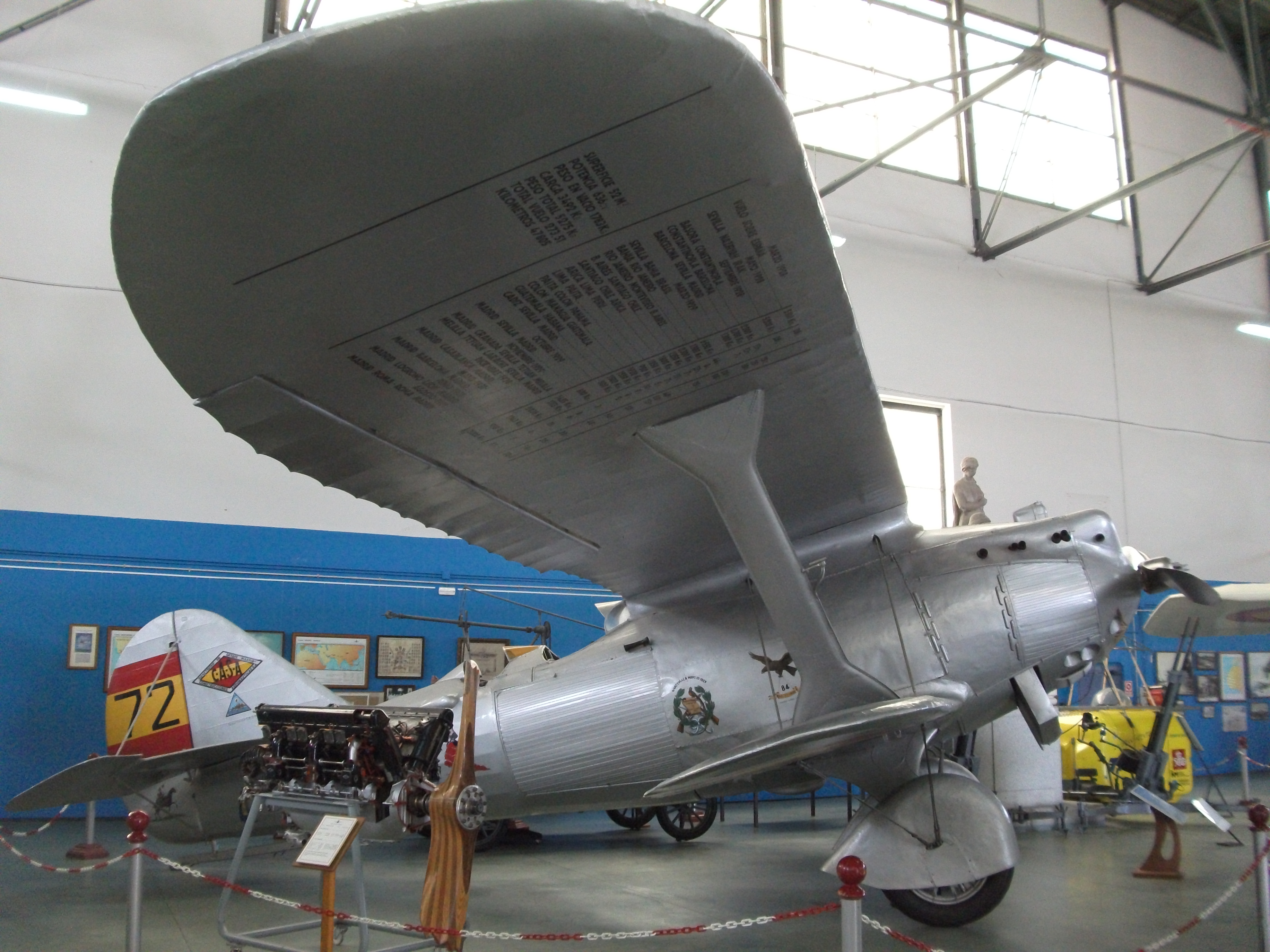
Breguet 19
Rather than buy the aircraft from Breguet, The Spanish authorities decided to buy the rights to build their own aeroplane. (Something that many modern countries choose to do to create their own manufacturing technology). The aeroplane was constructed by the C. A. S.A. workshops and christened “Jesus Del Grand Poder” in honour of Queen Victoria Eugenie.
The officers who were to fly her were both captains in the military, but it’s not clear if they were in the Spanish air force or the Spanish army. However, both photographs show them with wings on their tunics.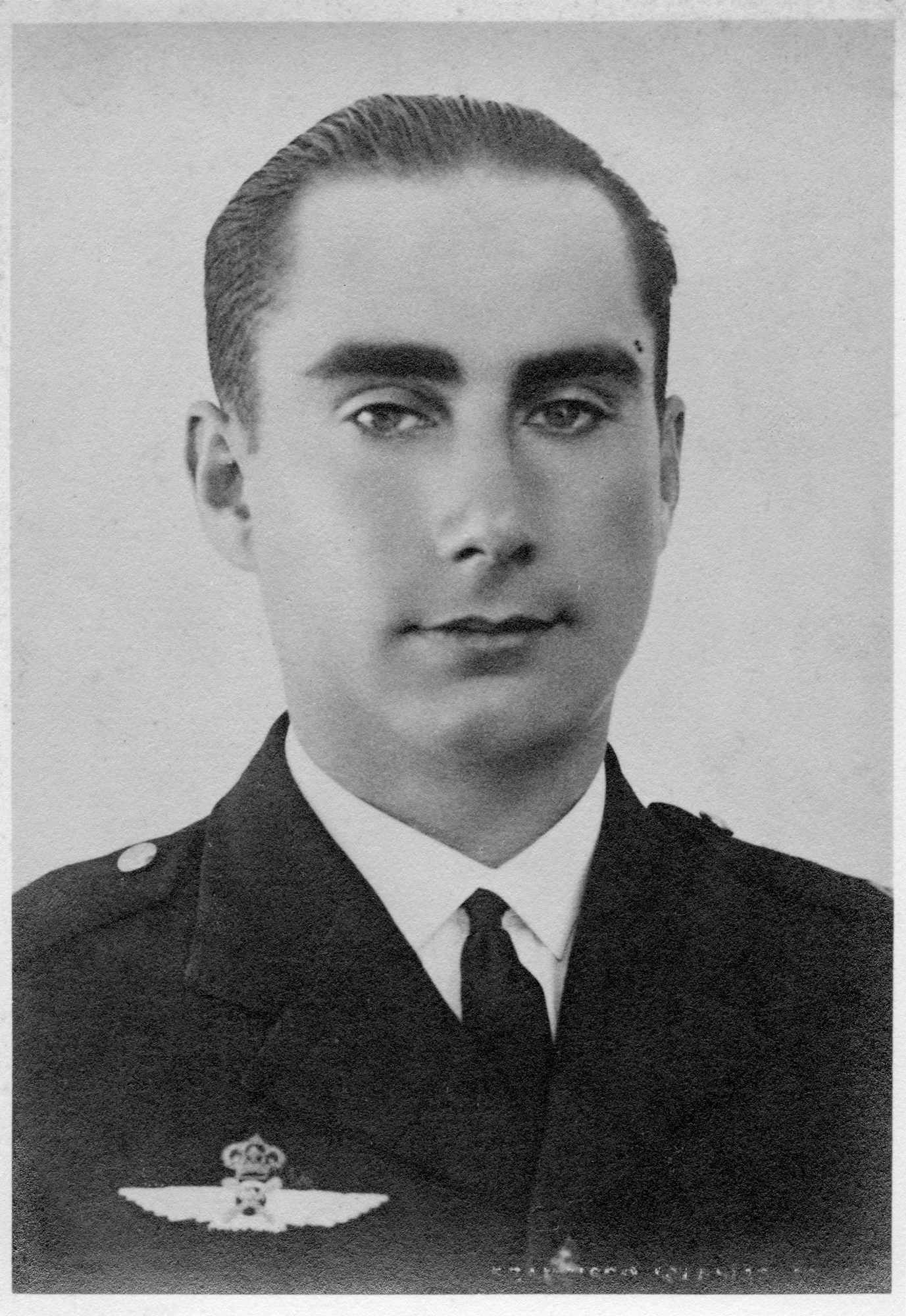
Pilot: Capitán D. Francisco Iglesias Brage. Who was named as official engineer, scientific advisor, and the man who organised and planned the flights.
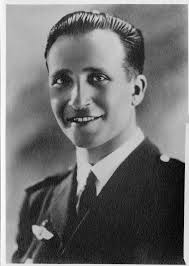
His co-pilot, Capitán Ignacio Jiménez-Martin, (Recorded as a captain in the Spanish infantry.)
Their first try at a long distance flight was in March 1928, when they did a non-stop circuit of Spain covering 5,100km. This was to prove that the aircraft and crew were capable of a long duration flight.
With this successfully accomplished, they planned a flight from Seville to Iraq. If successful, they could claim a speed and distance record. The distance was slightly longer than their test flight (5,200km.) and over much more rugged and desolate terrain. They took off on 29 May but their attempt was thwarted when they encountered a sandstorm which ruined their attempt at a speed record. The journey took 28 hours which was too long to claim a record. The first lesson was that adverse winds on the day could ruin a speed attempt. By design or accident they landed at Naziryah, 150km. north of Basra, but flew on to Basra after a short rest.
The return journey was to be less demanding. The first stop was Constantinople, a distance of 2,200 km. which they covered in 13 hours 15 mins. From here they flew direct to Barcelona, a distance of 2,270km., covering the greater distance in the same time as they took to reach Constantinople: 13 hours 15 mins. Next, they made a relatively short hop across Spain to Seville via Madrid.

Over the winter of 28/29 the Gran Poder team planned a truly gigantic leap into the unknown that must have taxed their fortitude. A flight from Seville to Bahia in Brazil, a distance of 6,550km over the Atlantic Ocean, one of the most unpredictable oceans in the world. When they flew to Basra they would have selected to fly over, or at least know the location of every airfield on the route. The open desert would have been daunting, but if people knew your route rescue parties could follow your planned course in the event of a forced landing. Over the open ocean there was no safety net. In the event of a forced landing Gran Poder and her crew would disappear without trace.
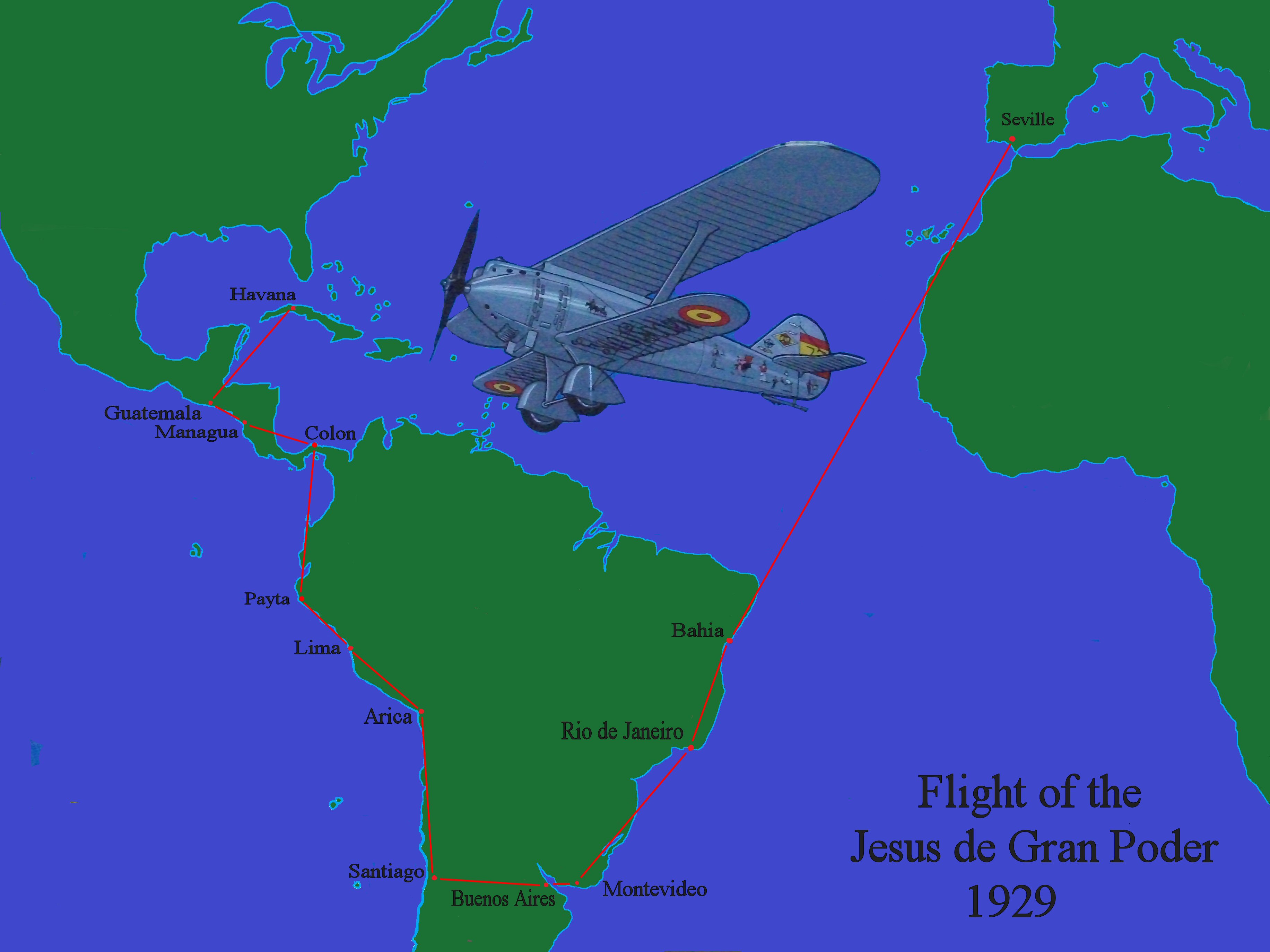
On April 30 1929 they wheeled the Gran Poder out of its hanger at Tablada, an airfield near to Seville, and made the final checks. The range of the aircraft had been increased with the addition of internal fuel storage that had turned the aeroplane into a flying fuel tank and greatly increased its take-off weight. After a long run to gain speed, the Gran Poder left the ground and slowly climbed as it headed south.
Forty-four hours and twenty minutes later it touched down at Bahia in Brazil after covering 6,550 km. non-stop.
After a few days rest for refuelling and maintenance checks, the two pilots flew the aircraft a further 800 km. to Rio de Janeiro in 8hours 28 minutes. They continued down the coast of South America, crossed into Uruguay, and landed at Montevideo, a distance of 2.300km. This leg had taken them 13 hours, and from here they made a short hop across the River Plate to Buenos Aires.
They had to plan the next stage of the flight very carefully. The flight from Buenos Aires to Santiago was 1,250km. But the city of Santiago is at an altitude of 600m. above sea level and it’s in a valley surrounded to the east by the jagged peaks of the Andes which tower to 6,000m. A local peak close to Santiago is the 5,434m Cerro el Plomo . To make matters worse, the hollow that Santiago sits in is frequently enveloped in mists; a nightmare for any pilot who is unfamiliar with the terrain or local landmarks. The fuel for the Gran Poder had to be calculated so that they would not be too heavy to cross the highest passes, but still leave them a generous safety margin.
During modern times, four engined passenger planes have set off to cross the Andes and discovered that once they reached an altitude that would ensure that they cleared the highest peaks they suddenly stopped moving relative to the ground below. They had entered a higher weather system between the Pacific and Atlantic that regularly saw winds of 400km/hour.
In the event, the two pilots managed to cross the Andes and their good luck held as they emerged into the clear broad valley in which Santiago sits. The landing was uneventful.
When they recorded the flight time, they realised that their speed over the ground during the flight had been 160km/hour whilst their flying speed had been 200km/hour. The headwinds had been mild and they had been lucky. Their flight time had been only an hour longer than they had planned.
Had the headwind been any greater, they would have had to make a forced landing in the Argentine wilderness. This flight was a first for a Spanish aircraft, and when they reached Peru the crew were to be presented with a certificate recording their achievement.
After descending from Santiago to near sea level, their next stop was Arica, on the border between Chile and Peru. This was an 1,800km. leg which they covered in 11 hours. After an overnight rest and some aircraft checks they took off for their next stop, Lima, Peru; a distance of 10,050km. This was achieved after an uneventful flight of 7hours. From here they made a relatively short hop of 920km. to Paita, before setting off again to cross the Equator and land at Colon, Panama, a 10 hour flight that covered 1,920km. Their penultimate flight was a 9 hour flight to Managua, Guatamala, a distance of 1,550km. Finally their last flight was an 8 hour leg across the Caribbean to Havana, Cuba.
The distance by air from Havana to Seville was over 8,000 km. and beyond the Gran Poder’s range. The aircraft was dismantled and loaded onto a cargo ship for the journey home.
When they re-assembled the Gran Poder in Cadiz two local artists who are recorded as Lafita and Manzano painted figures on the fuselage representing people from each of the countries they had visited. Flags and coats of arms of some the countries were also copied onto the aircraft. The two pilots then flew from the aircraft Cadiz to Seville, their starting point, and then on to Madrid where they were given a welcome fitting for two of Spain’s heroes.
It was now October 1929, but this was not the end for Gran Poder. Her two pilots returned to Seville from Madrid then returned to Madrid to begin another round of flights to North Africa, landing at Melilla, Tetuan, Larache before finally returning to Madrid.
There the Gran Poder stayed parked in a hanger for a year whilst the world forgot about her. In December 1930 she was brought out of retirement to fly to Casablanca and back, and the following May she flew to Barcelona and back. In June that same year she flew to Northern Spain landing at Logrono and Leon before returning to Madrid. Her final flight was from Madrid to Rome and back, a distance of 3,200km. The Gran Poder remained in Madrid during the Spanish Civil war and World War 2, but in 1952 the Museo de Cuatro Vientos in Madrid finished their restoration of this record breaking aircraft and it became a permanent exhibit there.
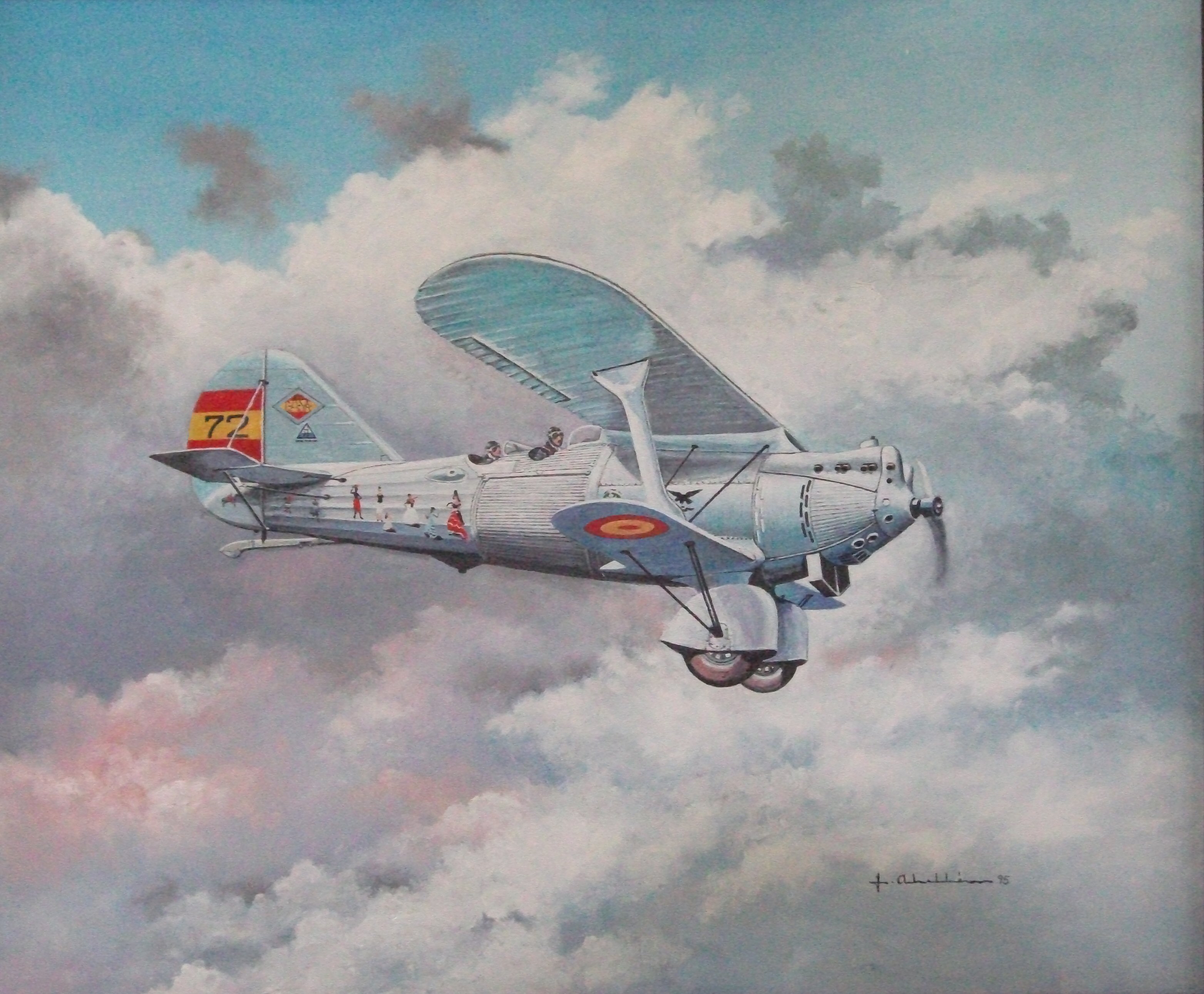
During its lifetime, the Gran Poder had flown a total of 47,805 km. and its flying hours totalled 273 hours 51 mins. In 1995 an artist painted this picture of the Jesus Del Gran Poder in flight and it hangs next to the aircraft in the museum.